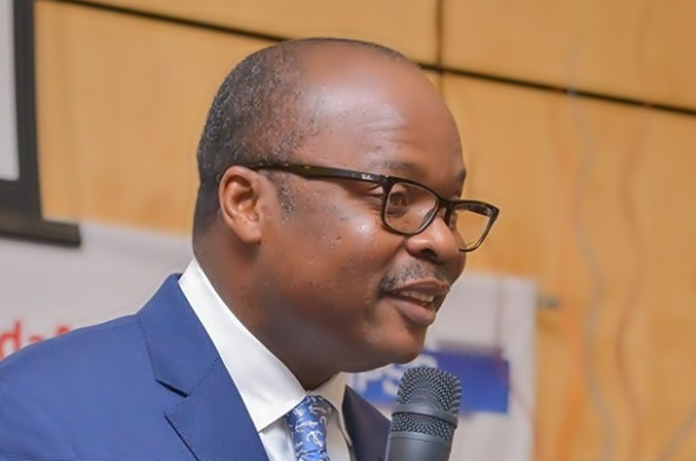
The Chartered Institute of Bankers (CIB) Ghana has appealed to the government to use a bank equity support fund scheme to help indigenous banks to meet the GHS400 million capital requirement.
The President of CIB, Reverend Mrs Patricia Sappor said at the institute’s 2018 annual dinner on December 1 that the fund would give an opportunity to local banks that “have exhausted all options without success to partner the government as a strategic investor”.
“The key exit condition for the government will require the local ‘investee’ banks to list on the Ghana Stock Exchange (GSE) within an agreed time frame,” Rev. Sappor said at the event, which was graced by the Governor of the Bank of Ghana (BoG), Dr Ernest Addison.
“This proposal has a lot of benefits. First, it is in line with the BoG’s strategy of encouraging all banks to be listed on the GSE.”
“Second, it improves the corporate governance practices of these banks by the enhanced disclosure requirements.”
“Third, it preserves the local banks and generates more dividends and capital gains to the government,” she said.
Race against time
The institute’s appeal adds to a similar one by the Member of Parliament (MP) for Bolgatanga Central, Mr Isaac Adongo.
The MP had earlier advised the government and BoG to set up a dedicated stimulus package and use it to recapitalise local banks under a strategy that spells out a clear exit plan.
He said the package should be administered by the Financial Investment Trust, a subsidiary of BoG, under which local banks would be given a time frame of between one to two years to tap into the fund to recapitalise or merge in order to become stronger.
The appeals come at a time banks are racing against time to recapitalise to GH¢400 million by December 31 or risk having their licences withdrawn or downgraded to savings and loans companies.
Capital hike
The central bank governor, who was the guest speaker at the dinner, defended the bank’s decision to hike the minimum capital from GH¢120 million to GH¢400 million, explaining that “the more capital a bank has, the safer it is.”
“Bank owners want to have less capital and instead borrow more in what is called leverage to earn a greater return on their investments and using less of their own money.”
“The most a bank owner loses in the case of a bank run is their capital but the wider public loses a lot more.”
“It is, therefore, important we set the capital level in the banking sector to minimise the cost to society of a bank failing while ensuring the banking system also remains profitable,” he said.
He was optimistic that the new capital floor would help make banks stronger and resilient and position them to better support the Ghanaian economy.
“With a few days to end the year, BoG has been reviewing the capital build-up plans of banks, providing guidance to banks opting for mergers and acquisitions and voluntary liquidations through the issuance of the mergers and acquisition directive and the directive on voluntary winding-up respectively.”
“I am happy to inform you that significant progress has been made in this area and as at November 2018, we can confidently say that about 22 banks have either met or in good standing to achieve full compliance with the new minimum capital requirement,” he said.
He added that the bank would intensify monitoring of the process to bring closure to the recapitalisation process on December 31.
Previous recapitalisation
Since 2001, the BoG has raised the minimum capital for banks five times, ostensibly to strengthen the capital base of the lenders for a growing economy and compensate for foreign currency depreciation as well as increasing write-offs resulting from high non-performing loans (NPLs).
Apart from 2008, when the minimum capital was raised from GH¢7 million to GH¢60 – representing an increment of 757 per cent, the current increase in bank capitals from GH¢120 million to GH¢400 million is the highest.
In previous instances, recapitalisation timelines ranged from no fixed dates to four years, 10 months compared to the current one which was one year, four months.
Graphic






















